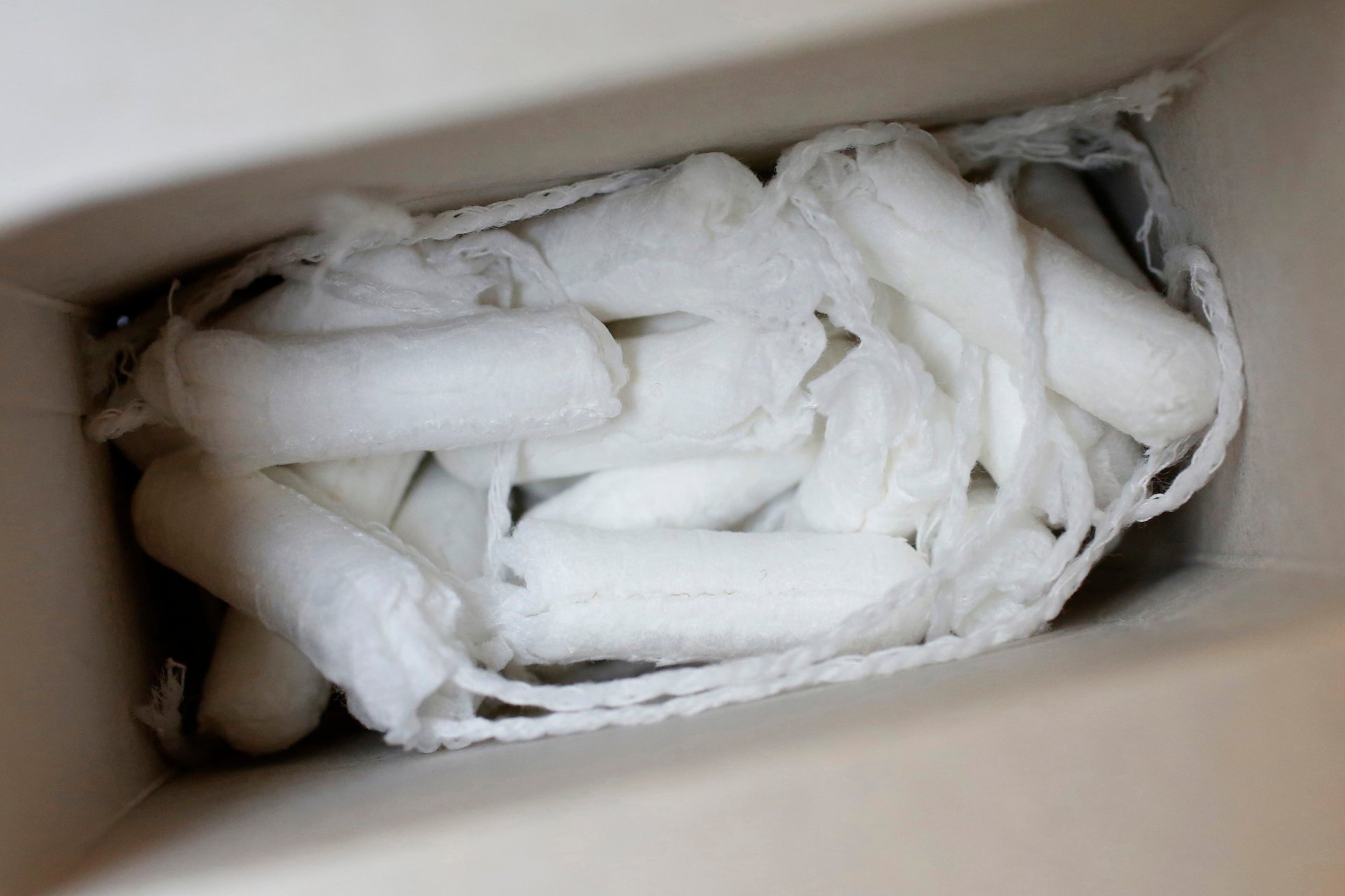Why do American women prefer applicator tampons, while the rest of the world’s women don’t?
Running a sustainable period care company is difficult. Just ask Afsaneh Parvizi-Wayne, the founder of Freda, a UK-based period subscription box that delivers pads, tampons, and liners to women and sources organic cotton and sustainable materials wherever possible.


Running a sustainable period care company is difficult. Just ask Afsaneh Parvizi-Wayne, the founder of Freda, a UK-based period subscription box that delivers pads, tampons, and liners to women and sources organic cotton and sustainable materials wherever possible.
One of the big problems she faces is reducing plastic in her products: Like in the US, women in the UK generally prefer to use tampons with applicators. Parvizi-Wayne estimates that when she launched, 70% of her customers ordered tampons with applicators, for which it is difficult (and expensive) to find a plant-based or biodegradable alternative. One UK company recently launched a Kickstarter for the first reusable applicator.
Market research in the UK shows that 60% of women prefer tampons with applicators. While in the US, Mother Jones reports that 88% of the tampons sold in 2015 were ones with a non bio-degradable plastic applicator, with sales of cardboard applicators significantly declining. Meanwhile, in Europe and other parts of the world where tampons are commonly used, so-called “digital” tampons (or applicator-less ones inserted with ones digits, or fingers) have outsold ones with applicators for decades.
Blog posts abound from American expats discovering, to their horror, that most tampons sold outside the US are the kind they have to “shove inside” with their own finger. And, from the other point of view, a Reddit thread entitled “Women of the US, why are your tampons so huge?” displays many people learning, for the first time, that applicators even exist.
So why is there such a split in the kind of tampon women use? In the research and development phase of building her company, Parvizi-Wayne learned it had to do with branding.
The first tampon as we recognize it today—with a telescoping cardboard applicator—was invented and patented in 1929 by American Dr Earl Hass. He then sold it to Gertrude Tenderich, a business woman who went on to start the company Tampax. By 1939, Tampax had set up a subsidiary in the UK, and the brand was largely responsible for introducing tampons (with applicators) to women in those countries until later competitors emerged. In the 1970s plastic applicators, introduced by Playtex, came onto the scene.
Meanwhile, in the 1940s in Germany, gynecologist Judith Esser-Mittag invented a digital tampon, called o.b, which gained popularity in western Europe. It wasn’t until the mid-seventies, that Johnson and Johnson (which then owned o.b.) introduced o.b. digital tampons to the US. By then, the applicator habit had been set.
As Sharra Vostral, professor of history at Purdue University and author of Under Wraps: A History of Menstrual Hygiene Technology, said, “It’s not that applicator-less tampons weren’t available in the States, it’s that Tampax became the predominate tampon company.”
Since she launched her company, Parvizi-Wayne says she’s seen a willingness in her customers to shift once they give a new product a try. She says that the fem-care space is often dominated by the idea that women will do whatever they were taught. When it comes to applicators though, she’s trying to prove that’s not the case by encouraging women to sample applicator-free tampons in their monthly box, free of charge.
“One of the things that stops new companies from entering the fem-care space is that we were all told research shows that women use products that their grandmothers used, that their mothers used—that they don’t want to shift,” Parvizi-Wayne says. “I try not to be prescriptive as a brand, but what has surprised me most is how women are prepared to try an alternative.”